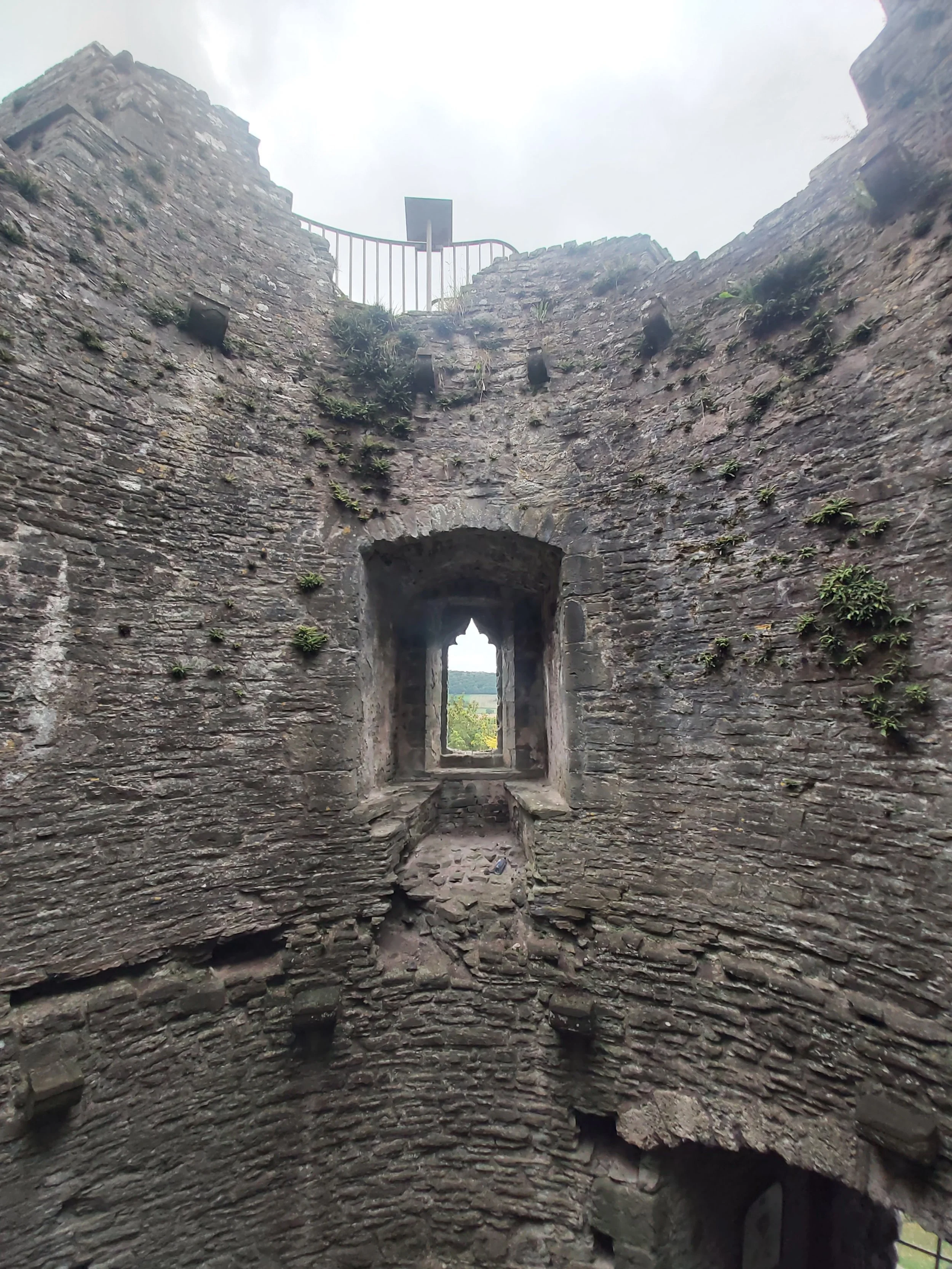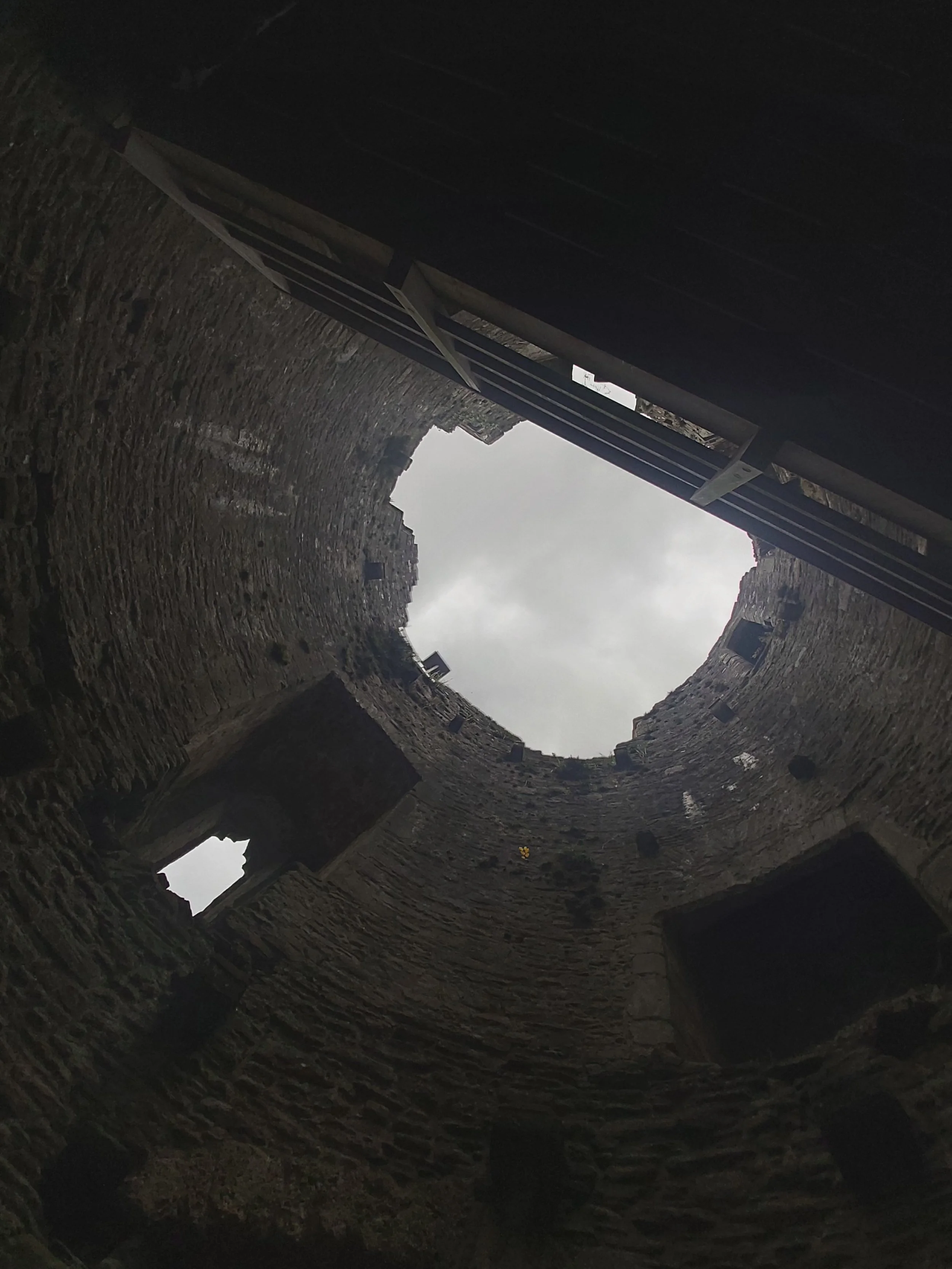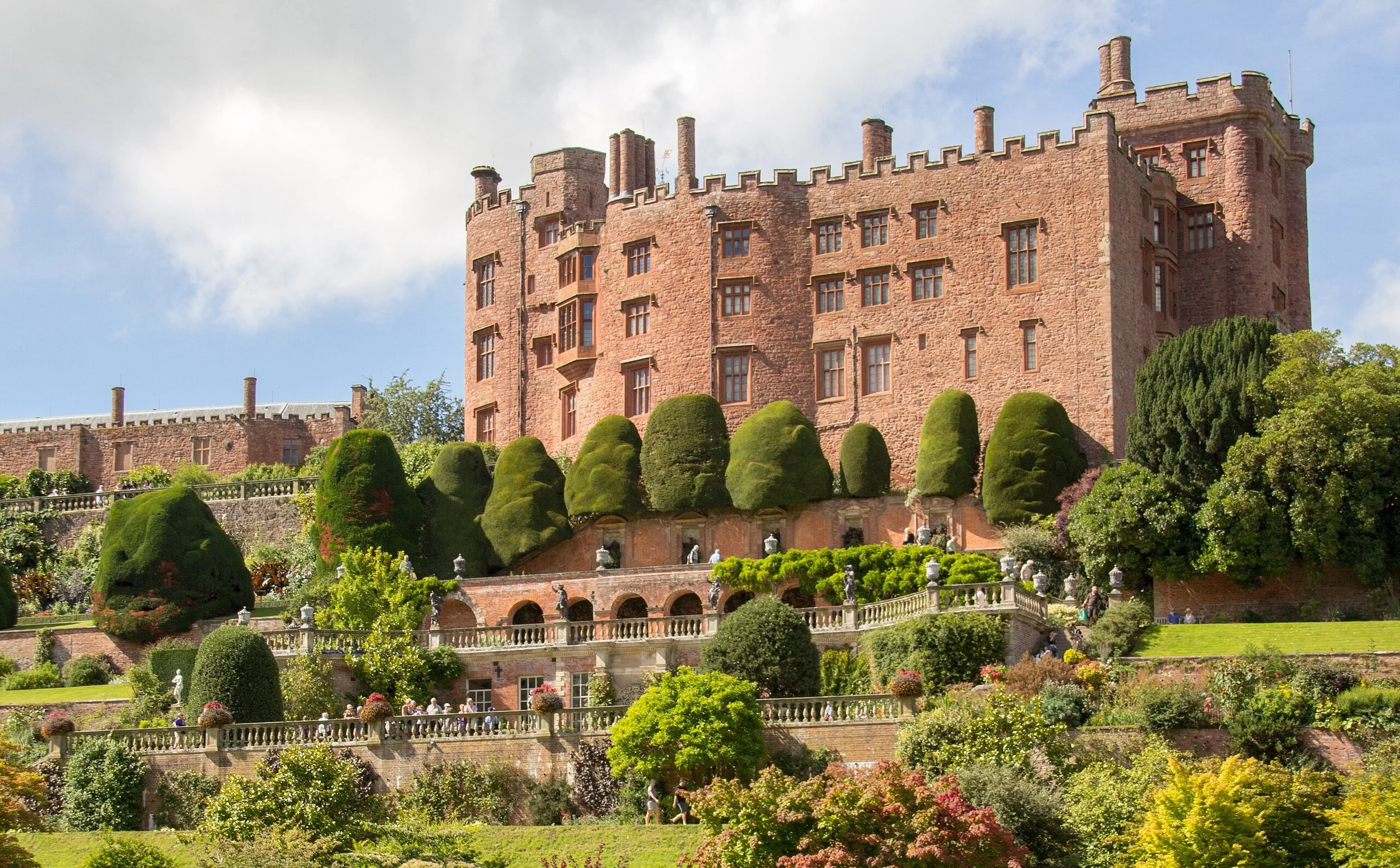Bronllys Castle | Visit Amazing Welsh Castles
Bronllys Castle is a Norman motte-and-bailey fortress located near the town of Talgarth in Powys, mid Wales. Built in the early 12th century, it stands out for its round stone tower, which replaced the original timber keep.
Although only parts of the structure remain, Bronllys offers a clear look at early medieval castle design and the tensions along the Welsh Marches. The castle was once a stronghold of power for Marcher Lords trying to assert control over this contested borderland. Today, its ruins offer sweeping views of the surrounding countryside and a quiet space to explore Welsh history.
Quick Facts
Date of construction: Early 12th century
Location: Near Talgarth, Powys, Wales
Who built it: Richard Fitz Pons, a Norman knight
Key purpose or historical use: Military stronghold controlling the Welsh Marches
A Brief History
The castle began as a timber motte-and-bailey fortification built by Richard Fitz Pons around 1100. He was a Norman knight tasked with securing Norman control over the Welsh borderlands. The castle overlooked an important route through the Black Mountains.
In the mid-12th century, the original timber structure was replaced by a round stone keep. This upgrade made the castle more resistant to fire and siege. Around this time, the castle passed to Walter de Clifford, a powerful Marcher Lord with strong influence in the area.
In 1165, the keep was badly damaged when a fire broke out during a domestic dispute. The blaze caused the collapse of part of the tower, killing Walter de Clifford’s son. The tower was later repaired and remained in use for centuries.
Bronllys Castle was never the site of a major battle, but it changed hands several times as control of the Welsh Marches shifted. It was eventually absorbed into the Crown estates in the late medieval period. By the 16th century, the castle had fallen into disuse.
Today, only the stone keep and earthworks remain, offering a clear example of how Marcher castles evolved over time.
Features and Layout
The castle was originally built as a motte-and-bailey structure. The motte, or mound, still rises sharply above the surrounding ground. At its summit stands the remains of a 13th-century round stone tower. This was once a strong defensive keep, offering clear views across the River Llynfi and nearby routes through the Black Mountains.
The stone tower is the most complete part of the castle today. It is three storeys high, with narrow arrow slits and traces of a spiral staircase. The interior is now roofless, but you can still climb partway up and view the surrounding landscape.
Below the tower, earthworks show where the bailey, the enclosed courtyard, once stood. Timber buildings such as stables or a hall would have occupied this area, though no structures survive.
Defensive ditches surround the motte. These would have made it harder for attackers to reach the walls. The castle’s original timber gatehouse is lost, but the layout suggests a single entrance from the west.
The castle is small, but it shows key features typical of early Norman fortifications, including layered defence, a central stronghold, and commanding views of the landscape.
Images




Legends and Stories
The castle is not widely known for ghost tales or popular legends, but one tragic event has passed into local lore. In 1165, a fire broke out in the tower during a domestic argument. The blaze caused a structural collapse that killed Walter de Clifford’s young son. The event left a mark on the Clifford family’s legacy, and some later stories hinted that the tower was cursed or unlucky.
Although there are no surviving myths or ghost stories tied directly to the site, its isolated setting and ruined tower often inspire local imagination. Visitors sometimes speak of a quiet, uneasy atmosphere, particularly at dusk.
Because of the castle’s association with the Marcher Lords, it also features in regional tales of shifting loyalties and border conflicts. These stories, while not tied to specific people or events at Bronllys, reflect the unstable nature of life along the Welsh Marches in the medieval period.
Visiting
Opening times
Open year-round. There are no gates or barriers, so access is available at any time.
Ticket prices
Free entry. There is no charge to visit the site.
Directions and transport
The castle is located just off the A438, near the village of Bronllys and the town of Talgarth in Powys. It is about 8 miles north of Brecon.
Parking is limited but usually available on nearby streets. The site is within walking distance from Talgarth.
The closest bus stops are in Bronllys and Talgarth, with services connecting to Brecon and Hay-on-Wye.
Facilities and accessibility
There are no visitor facilities at the site, no toilets, café, or staffed areas.
Access involves uneven ground, grass, and a short climb to the tower. It may not be suitable for wheelchairs or those with limited mobility.
There is an information panel near the entrance explaining the castle’s history.
Dog policy
Dogs are allowed on leads. Please clean up after your pet and respect the site’s historic nature.
Nearby Attractions
Talgarth
Just a mile away, Talgarth is a small town with a working historic watermill, Talgarth Mill. It also offers cafés, shops, and a visitor centre.
Brecon Beacons National Park (Bannau Brycheiniog)
The castle lies on the edge of this national park. It’s ideal for walking, with routes through nearby Mynydd Troed and the Black Mountains.
Hay-on-Wye
Around 9 miles east, Hay is famous for its bookshops and annual literary festival. It also has a small castle and riverside walks.
Llangorse Lake
Wales’s second-largest natural lake is a 15-minute drive away. It offers boating, walking, and views of the surrounding hills.
Brecon
A market town about 8 miles south, Brecon has a cathedral, regimental museum, and shops. It’s a good base for exploring the wider area.
Visitor Tips
Wear sturdy footwear. The ground is uneven and can be slippery, especially in wet weather.
Bring water and snacks. There are no on-site facilities, so prepare before you arrive.
Check the weather. The site is exposed and can feel colder than nearby towns.
Visit during daylight. There is no lighting at the site, and the narrow steps can be hazardous in poor visibility.
Keep children supervised. The tower has drops and steep sections with no barriers.
Respect the site. It’s a scheduled monument. Avoid climbing on fragile walls or disturbing the area.
Early mornings or weekdays are quietest. You’re more likely to have the site to yourself.
FAQs
-
Yes. There is no entry fee, and the site is open to the public year-round.
-
Yes. Dogs are welcome but must be kept on a lead. Please clean up after them.
-
There is no dedicated car park, but on-street parking is available nearby.
-
It has three floors with surviving steps. From the top, you get wide views over Talgarth and the Black Mountains.
-
Yes, with supervision. The site includes steep drops and uneven surfaces, so caution is needed.
-
No. The site has no facilities. The nearest toilets and cafés are in Talgarth, about a mile away.
-
Access is limited. The path to the castle is uneven, and the tower is not wheelchair accessible.
Wrapping it Up
The castle is a small but historically important site on the edge of the Welsh Marches. It offers a clear example of Norman military design, with its surviving stone tower and earthworks. The castle is free to visit and easy to reach by car or public transport.
Though it has no visitor facilities, its quiet setting and open access make it a good stop for anyone exploring the Powys area. Take care on the uneven ground, bring essentials with you, and allow time to enjoy the views from the motte.




Aberystwyth Castle is a striking example of a coastal fortress built during the medieval period in Wales. It's found in the town of Aberystwyth, Ceredigion.